French Baroque music ‘Down Under’
Written by Jennifer Eriksson, violist da gamba and director of The Marais Project and Elysian Fields.
Monday 25th August, 2025.
Finding the music you love
Every musician has a story to tell. Our life stories are, in fact, entwined in music.
I originally trained as a cellist but soon after finishing at Sydney Conservatorium I was introduced to, and quickly embraced, the viola da gamba. As there were no options to do advanced study on the viol in Australia at that time, I worked hard, saved all I could and headed to The Netherlands for 3 years to study with the great Dutch baroque cellist and gambist, Jaap ter Linden.
To play Baroque music on the viol means wrestling with the French composers for the instrument: Forqueray, Caix de’Hervelois, Couperin and of course, Marin Marais. The very idea of adding a 7th string to the viol was, of course, entirely French!
Yet having been educated in the English-speaking world, prior to taking up the viol I had had little contact with French Baroque music. Almost immediately I was beguiled. Decades later, the love affair continues. Why this strange relationship between an Aussie woman from the Sydney suburbs and the French Baroque? I really don’t know. Perhaps there does not need to provide a why… the music intrigues me as much as it completes me.
In this article I will outline something of the uniqueness of French Baroque music, my lifetime of fascination with Marin Marais, and how I came to collaborate across the continent with HIP Company.
What makes the French Baroque unique?
This is the million-dollar question. When describing the music of the French Baroque one expert wrote:
“The permanent search for grace and elegance (i.e. good taste) was typically French. France had expertise in chords and timbres and was skilled at fitting music to the text or plot, finding the right declamation and expression, whether in imitation of Nature or to express an emotion. All composers, playwrights and Court and church musicians contributed to France’s drive for refinement.”
It was not that the composers of the French Baroque did not understand how to write contrapuntal music at the level of expertise of Bach or Handel, they just had a different frame of reference. Their focus being on grace, elegance and refinement as, of course, defined by the French themselves! Picture the contrast: a great, complex fugue thundered out on a German church organ versus a witty character piece plucked softly on the lute in the gardens of Versailles.
As the EU bureaucrats regularly remind the world: it is French wine makers that craft champagne, the rest of us sell sparkling wine. The French are about style, poise and taste. To misquote the Australian movie, “The Castle,” it’s all about the Gallic vibe…
The greatest of the great: Marin Marais, then and now
Delving deeper into my story, a key focus for me over the past 25 years has been the music of Marin Marais. I even named my ensemble, The Marais Project, after him. But who was the mysterious Marais? Almost forgotten until the last 60 years, Marais, the son of a Paris shoemaker, was viola da gambist and composer to the Court of Louis XIV. His languishing reputation gained new momentum in the 1990s when he became the subject of a novel by Pascal Quignard titled “Tous les matins du monde” (All the mornings of the world). The book was made into an award-winning film in 1991 with screen legend Gérard Depardieu playing the older Marais and Depardieu real life son Guillaume playing the younger Marais. The soundtrack was provided by a relatively obscure Catalan viola da gambist by the name of Jordi Savall. Both the film and the soundtrack became mainstream hits – the album even made the Top 20 in France. Savall emerged a household name in classical music circles and has never looked back. Suddenly people knew the music I played. Even jazz musicians tell me that they love Marais’ music.
Marais is to the viola da gamba what Beethoven is to the piano or Bach to the solo cello repertoire. He set the standard for others to follow. And as highlighted, the fact that Marais comes from the French school of Baroque music - a branch of early music that Anglo audiences do not typically take to as readily as they do the works of Bach, Handel, Telemann and Vivaldi – does not make things any easier in attracting audiences. Then and now, French Baroque music is rarely programmed in Australia.
Composer, performer or both?
Marais is part of the long tradition of virtuoso performer-composers that includes string artists such as Tartini, Corelli, Bocherinni, Paganini and Ysäye and keyboardists like Bach, Lizt, Chopin, Busoni and, more latterly, Rachmaninoff
As a composer, Marais’ music is not of the overall quality of that of the likes of Bach, Handel or Monteverdi. Yet unlike the many hundreds of workman-like Baroque composers whose reputations never filtered beyond the local town or region where their labours took place, Marais’ star has ascended over time. This says something about the relative quality of his oeuvre. Even his operas, once forgotten, are now being recorded and performed. In addition, there is a growing respect for the musical, technical and pedagogical achievements embodied in his five books of music for one, two and three gambas. Like Bach’s 48 preludes and fugues, if you can play those five books you can play almost anything.
The suites in the early books are largely formulaic consisting of a loose collection of dances. The exception being the suites for 2 gambas at the end of book 1, which I believe contain some of the best and most loved Marais pieces. The suites in books 2, 3, and 4 are far more integrated and challenging both musically and technically. Marais’ character pieces are unique, describing everything from windmills to guitars, a maze and even a gall stone operation. These character works are part of a long French tradition of musical depiction that continued up to the 20th century in composers such as Debussy, Ravel and even Olivier Messiaen. By the time Marais reached book 5 there seems to be a reversion back to simplicity. Book 5’s suites are much more straightforward in structure and technically easier than books 2-4. It feels to me like Marais was testing how far he could take his instrument and his art – especially in book 4 - before consolidating in the final book.
So, is Marais the composer still worth performing? Do audiences of the 2020s respond to the music? My answer to both questions in “yes.” For example, the measure of the quality of Marais as a composer was apparent when we programmed a concert titled “La Folia” in which Marais’ Folia variations for viola da gamba was heard alongside those for violin by Corelli. The almost universal audience feedback was that the Marais’ version was more interesting than Corelli’s. Not surprisingly, I agree.
One of my reservations about Marais as a composer relates to the capacity of contemporary audiences to relate to suite after suite of niche music written hundreds of years ago, as to the attractiveness of Marais’ compositions in themselves. There is a loyal, intelligent hard-core audience for solo viola da gamba music, but it is relatively small in Australia. In my view the Australian gamba audience is not large enough to justify an exclusive focus on gamba solo music. To manage this issue, over time I have come to program more works for voice and gambas, and broadened the range of composers we perform
I have particularly come to love the ensemble of soprano, two viola da gambas and lute as it allows us to enjoy both Marais’ solo works and contrapuntal vocal music. In addition, I’ve grounded us in the 21st century by approaching local composers to develop new gamba repertoire.
Technical and other challenges
The original aim of The Marais Project was to perform the complete solo works of the composer, a task that is 85% complete. The music is difficult technically and can make very real demands on performers. For example, two pieces, “La Folia” and “Le Labyrinth”, took months to get under my fingers. Some have called Brahms a “sexist” piano composer due to the enormous stretches he demands, and the same tongue-in-cheek jibe can be poked at Marais. “Le labyrinth” contains some immense left-hand challenges for a person like me who is of small stature. However, one of the downsides of the limited opportunities available for solo gambists is that I often only get one opportunity to perform a difficult work, a situation that is not ideal for me or the audience.
Mentally I sometimes find the breadth of the undertaking overwhelming. It can feel like there is a bottomless pit of Preludes, Allemandes and Gigues to learn. Such moments make me wish that Marais had written some sonatas! On a serious note, the mental challenge is real. Every year on my birthday I run a half marathon just to prove to myself I still can. A friend once asked me how I found the energy. The answer was simple: a half marathon is nothing compared to facing up to 5 books of Marais!
My motivation to continue comes from several places. Firstly, the sheer love for Marais’ music and my desire that more people will hear and enjoy it. Secondly, I still find it exciting to discover a lovely movement from one of Marais suites, or that of another composer. Finally, there is the privilege of working with musicians and artist who help create an atmosphere where the music comes alive to audiences.
The collaboration between HIP Company and the Marais Project
Several years ago, I noticed that a young early music group in Perth had released a new album. HIP Company’s Pastorales track list consisted of the mix of early music, transcriptions and contemporary music that I have been seeking to perfect with The Marais Project. Listening to the CD I could hear that these young musicians had talent and passion and were prepared to try different approaches. I thought it would be great to collaborate with them.
HIP Company is 5 years old in the year 2025, while The Marais Project turns 25. We are of different generations – which is great. Singer Bonnie de la Hunty and I initially got together 3 years ago over coffee to discuss how we could possibly make this happen. HIP Company came to Sydney in December 2023 where we workshopped and gave a small concert at Peach Black Gallery. Last year in September I spent a week with them in a beautiful part of regional Western Australia on a musical retreat. Krista and I had a chance to delve deeply into the music of Marin Marais in the mornings. Come the afternoon we all got together to play different repertoire and after dinner it was consort playing. The week we invested in gave us a chance to bond musically and personally which included making meals together. There was also a group swim in a beautiful but freezing water hole that I suspect none of us will ever forget!
After several further meetings we came up with a collaborative program titled Rendez-Vous. Drawing inspiration and repertoire from the story of Marin Marais and his teacher, Monsieur de Sainte-Colombe – as told in the movie Tous le matin du monde – the program includes music by a range of rarely heard French composers including Antoine Boësset, Élisabeth Jacquet de la Guerre, Jean-Féry Rebel, and Marc-Antoine Charpentier. Our aim in this collaboration, performed in Sydney, Perth, and at the 2025 Baroquefest in Canowindra, is to bring new energy and a fresh vision to the breathtaking elegance and sophistication of the French Baroque – played Down Under.


